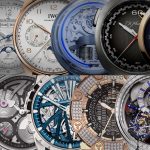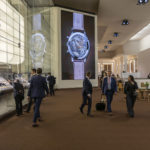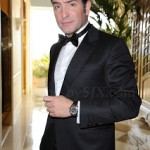Editorial: Happenings Around the Halls of Watches & Wonders
Optimism, crowds, comings, goings, and a mixed bag of indies.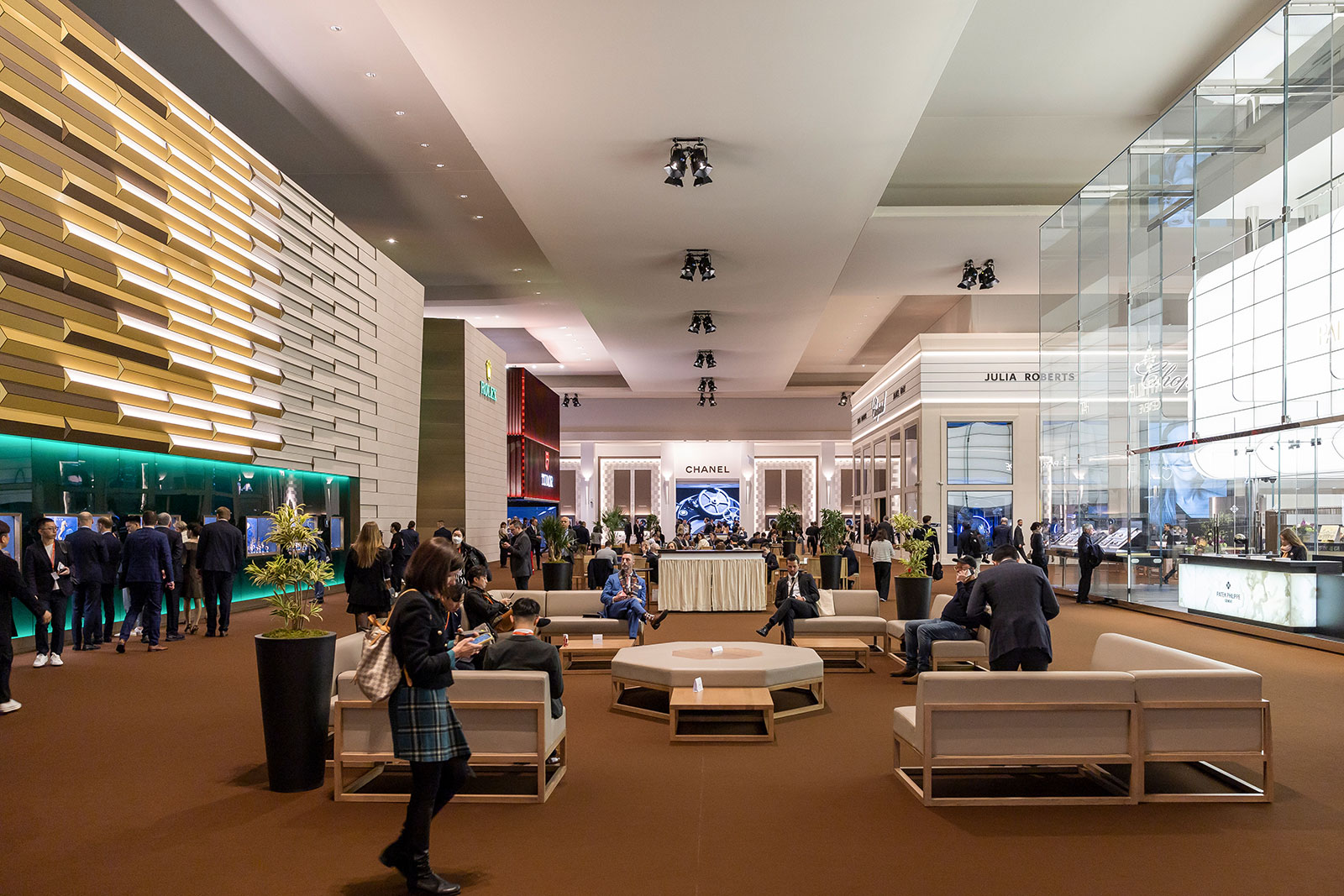
With the demise of Baselworld shortly before the pandemic and the evolution of SIHH into Watches & Wonders (W&W), the Geneva fair is now the most important watch event on the planet. Having just closed, W&W recorded massive visitor numbers and unexpectedly buoyant sentiment amongst industry executives.
Despite the implosion of Credit Suisse the week before and assorted troubles around the world, sentiment at the fair amongst industry insiders was robust, catching most by surprise. Brands executives indicated orders from retailers were good as was interest from clients, and expressed optimism for the coming year.
Pessimism was hard to find, although a handful of well-placed individuals high up in important brands quietly pondered what things would look like in six months – the health of components suppliers to the industry will provide a clue. The irony is that brands run by such thoughtful individuals are usually the best placed to weather any downturn.
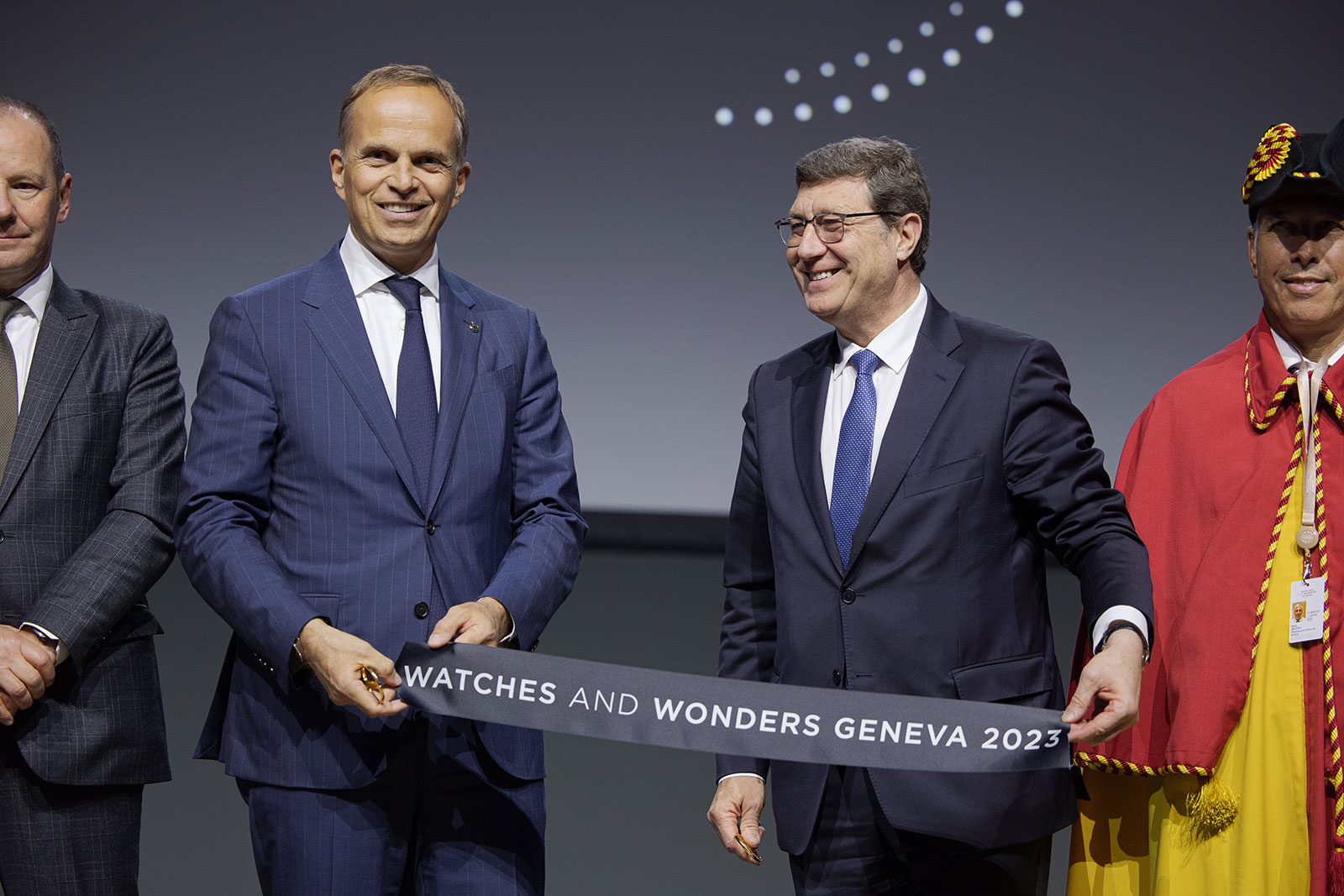
Rolex chief executive Jean-Frederic Dufour (left), who is also the chairman of the W&W foundation
Everyone wants a look
To anyone who was at Watches & Wonders (W&W), the most tangible fact was the enormous and occasionally unmanageable crowd. According to its organisers, visitors numbered 43,000, compared to just 22,000 last year. Unsurprisingly, the celebratory mood of the organisers was clear in the closing announcement for the event. However, the preparations for the jump in visitors were clearly insufficient because the queues to obtain the visitor pass or simply get in were up to 90 minutes on the first few days of the fair.
About 12,000 of the visitor total – slightly over a quarter – were members of the public who had bought tickets to enter the fair on its last two days. This no doubt reflects the rise of interest amongst the broader population, particularly as values of watches rose on the secondary from 2020 to 2022, a fact breathlessly commented upon by the mainstream media, which is now documenting the decline of the same market. But the interest is still there: the snaking queue outside the Rolex booth – just to look at watches through glass in display cases – during the public days was a testament to this.
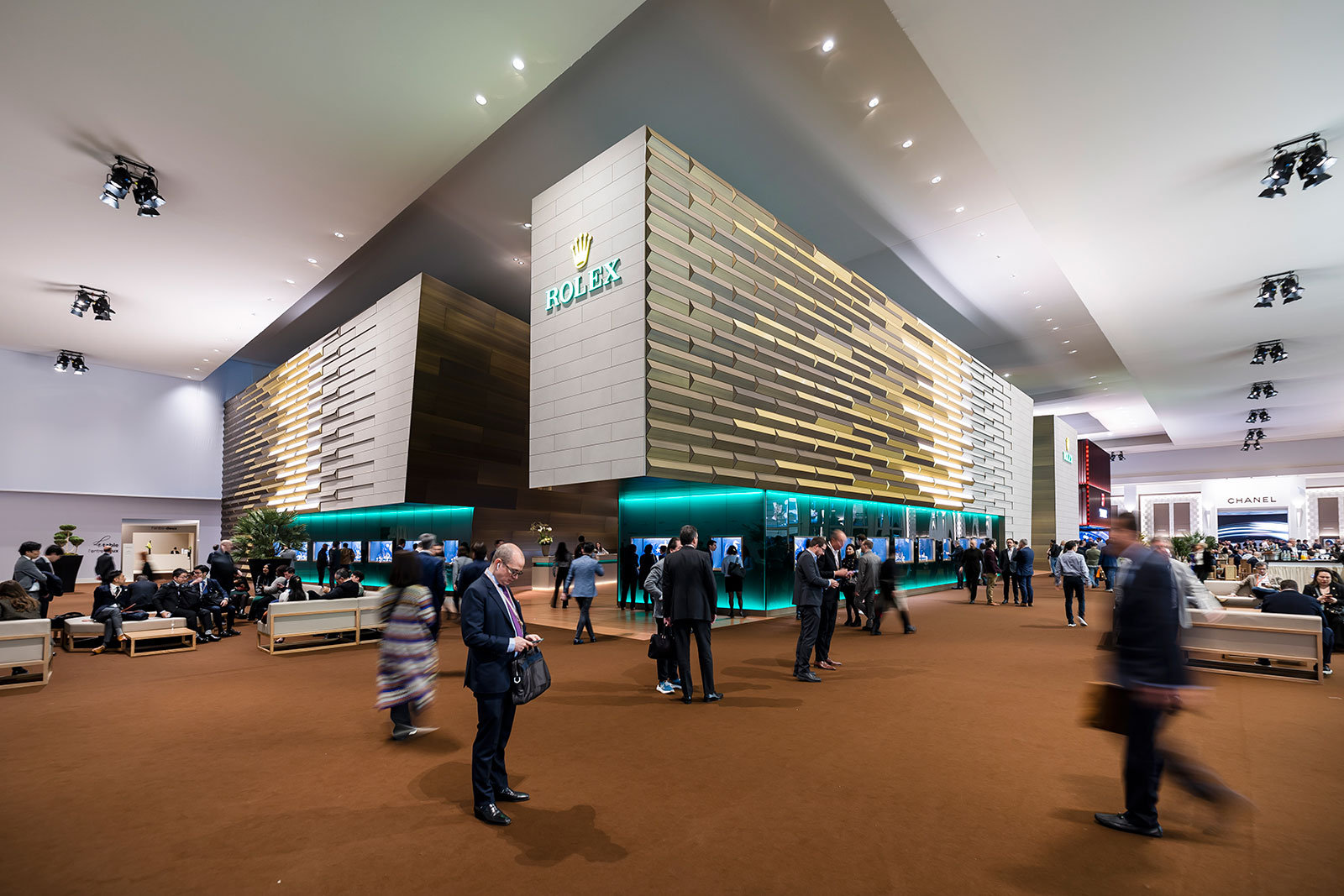
Rolex before the public days
But W&W was also about scaling back, albeit in an unexpected manner. Some brands have been steadily shrinking their booths despite an uptick in business, largely due to the fact that they mainly sell via their own boutiques now. This reduces visitors drastically since there are no more third-party retailers to host and few clients actually visit W&W.
A good example of this is Lange, which has a booth a third the size compared to a decade ago, although it still retains its signature oversized watch statue. Lange launched just a single model, the Odysseus Chronograph, which will be sold only at boutiques and was largely allocated to clients by the third day of the fair according to a brand executive.
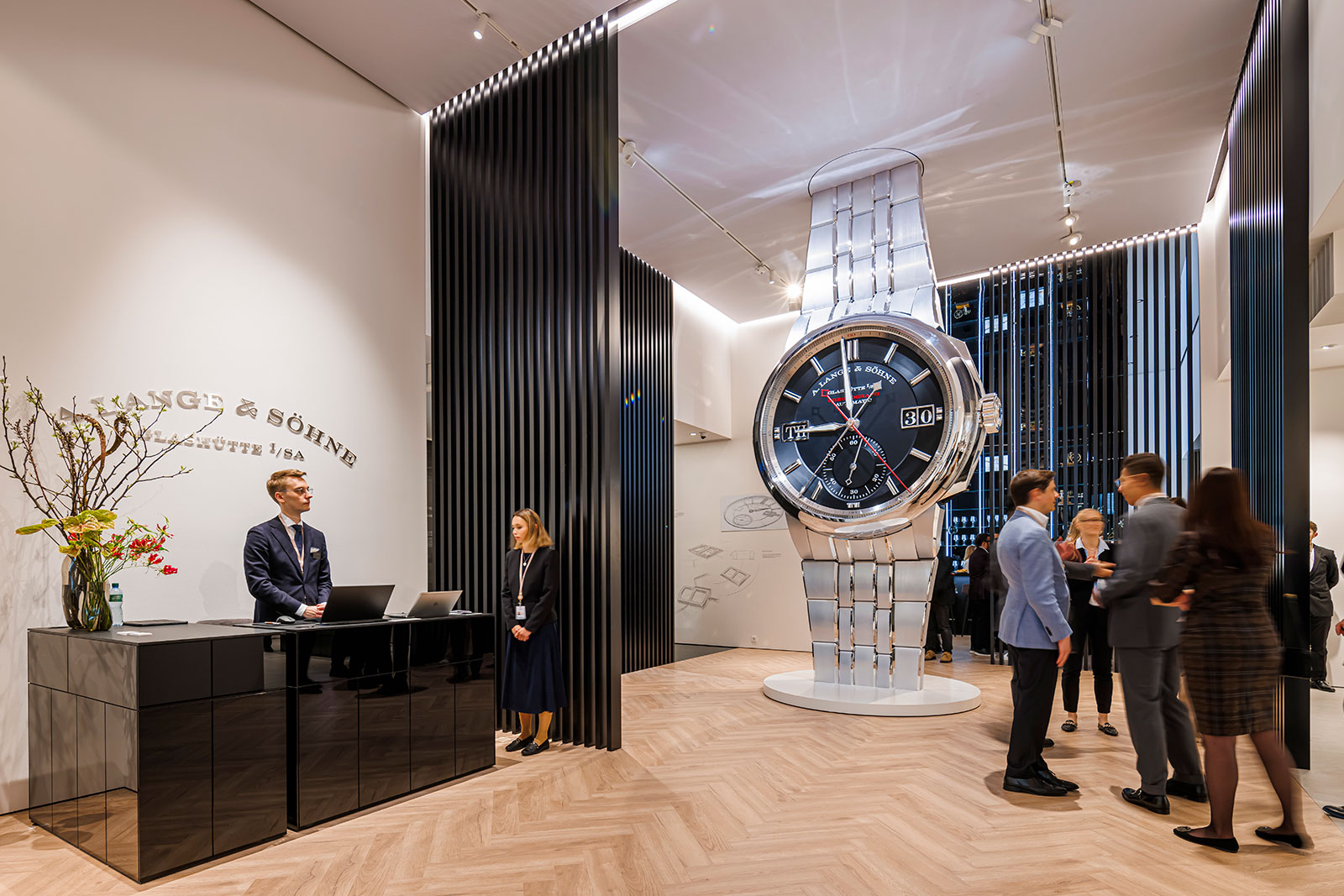
The enormous watch in Lange’s booth was covered up until the morning the fair opened, so even staff members and workers who were in the halls on Sunday could not sneak a peek
That said, the scale of the booths was still a good measure of the brand’s scale and importance. Rolex, for instance, had a massive footprint that was the largest amongst watchmakers; only Cartier was larger but split into two sections and with its primary booth in sweeping gilt and cream resembling a hotel lobby in Dubai.
And its sister brand, Tudor, boasted a surprisingly sizeable booth for a brand making watches mostly priced at about US$3,000 (including the likeable Black Bay 54), reflecting perhaps not its scale but its rapid growth and ambitions.
The variety of the booths in the ex-Baselworld section of the fair reflected the fact that many of the brands there elected to reuse their Baselworld booths, whereas the brands in the other hall (which are mostly owned by Richemont) had to use a standard template for the booth exterior.
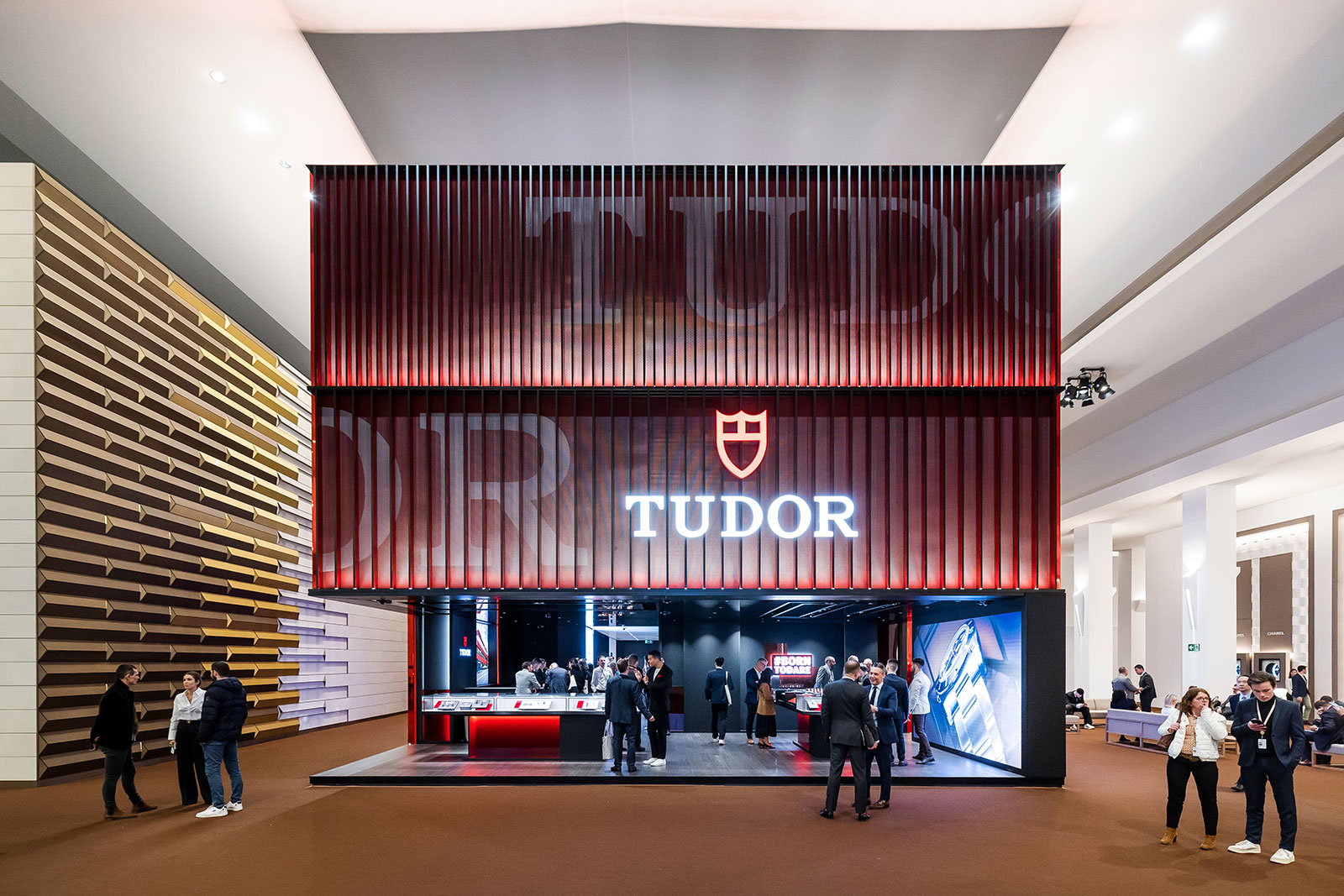
Tudor in its trademark black and red livery
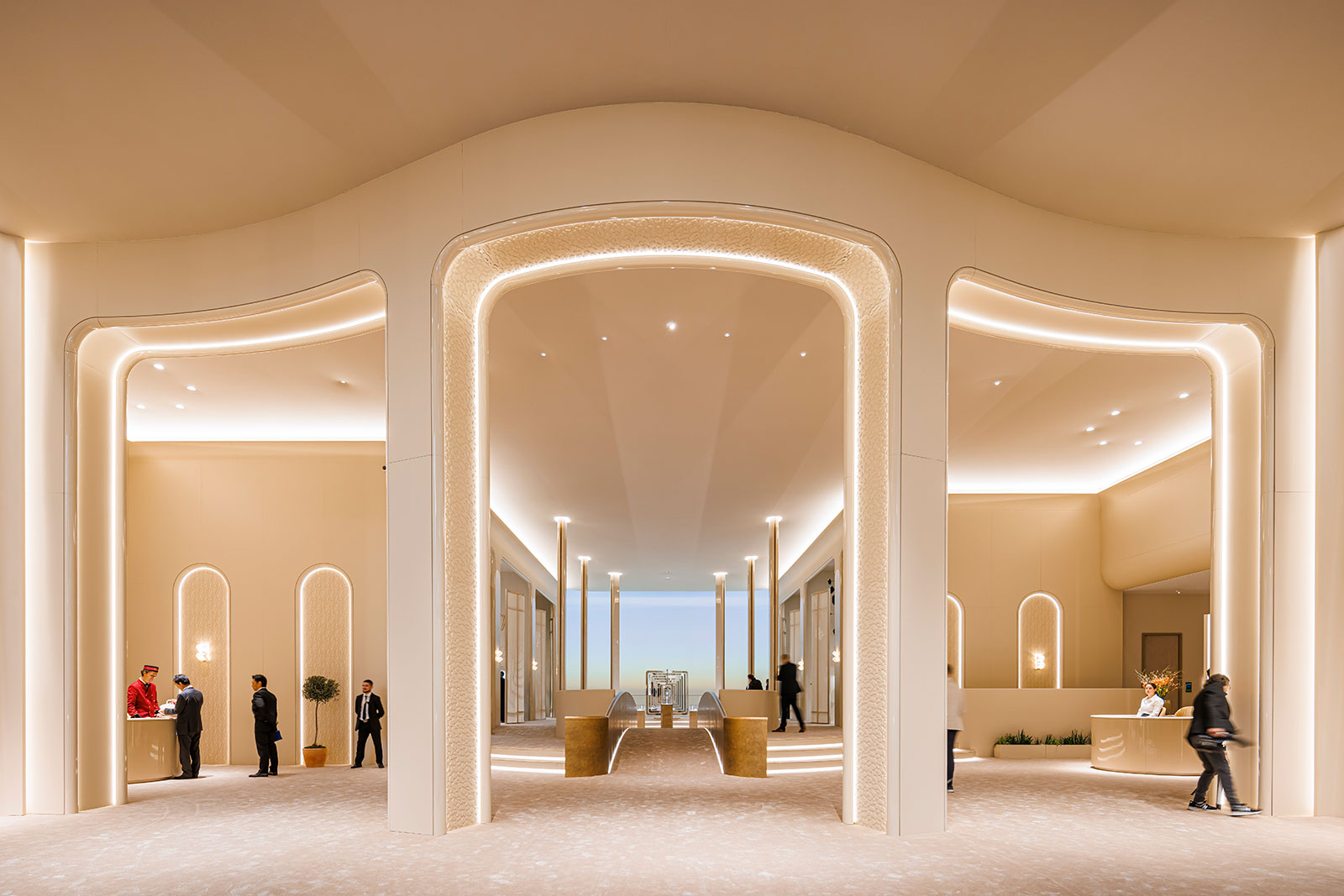
Cartier’s golden halls – unique inside but Richemont-style on the outside
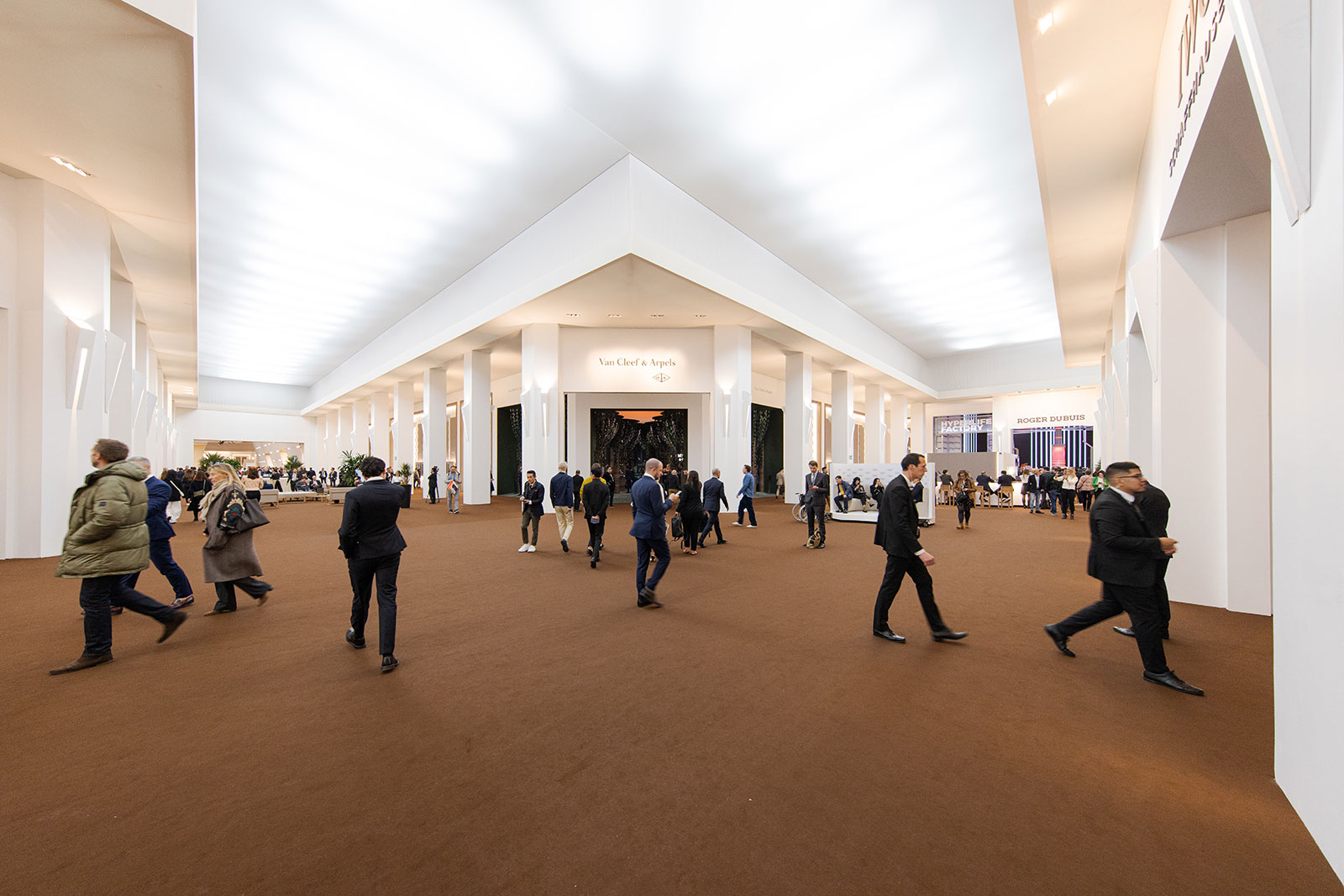
The generic W&W booth
The trio of brands owned by LVMH, Hublot, TAG Heuer, and Zenith, appeared to be relegated to the fair end of the hall. This and other considerations spurred talk that LVMH, by far the world’s largest luxury group, would stage its own event in 2024. During the fair, an influential LVMH executive commented to me that he was “leaning towards” departing W&W.
With two jewellery brands (Bulgari and Tiffany & Co.), five watch brands (the three above plus Daniel Roth and Gerald Genta), and one universal brand in the form of Louis Vuitton, LVMH now has enough heft for a fair. The group already has LVMH Watch Week that takes place in January, as a warm-up of sorts for W&W, so LVMH Watches & Jewellery Week is certainly a logical progression of the concept.
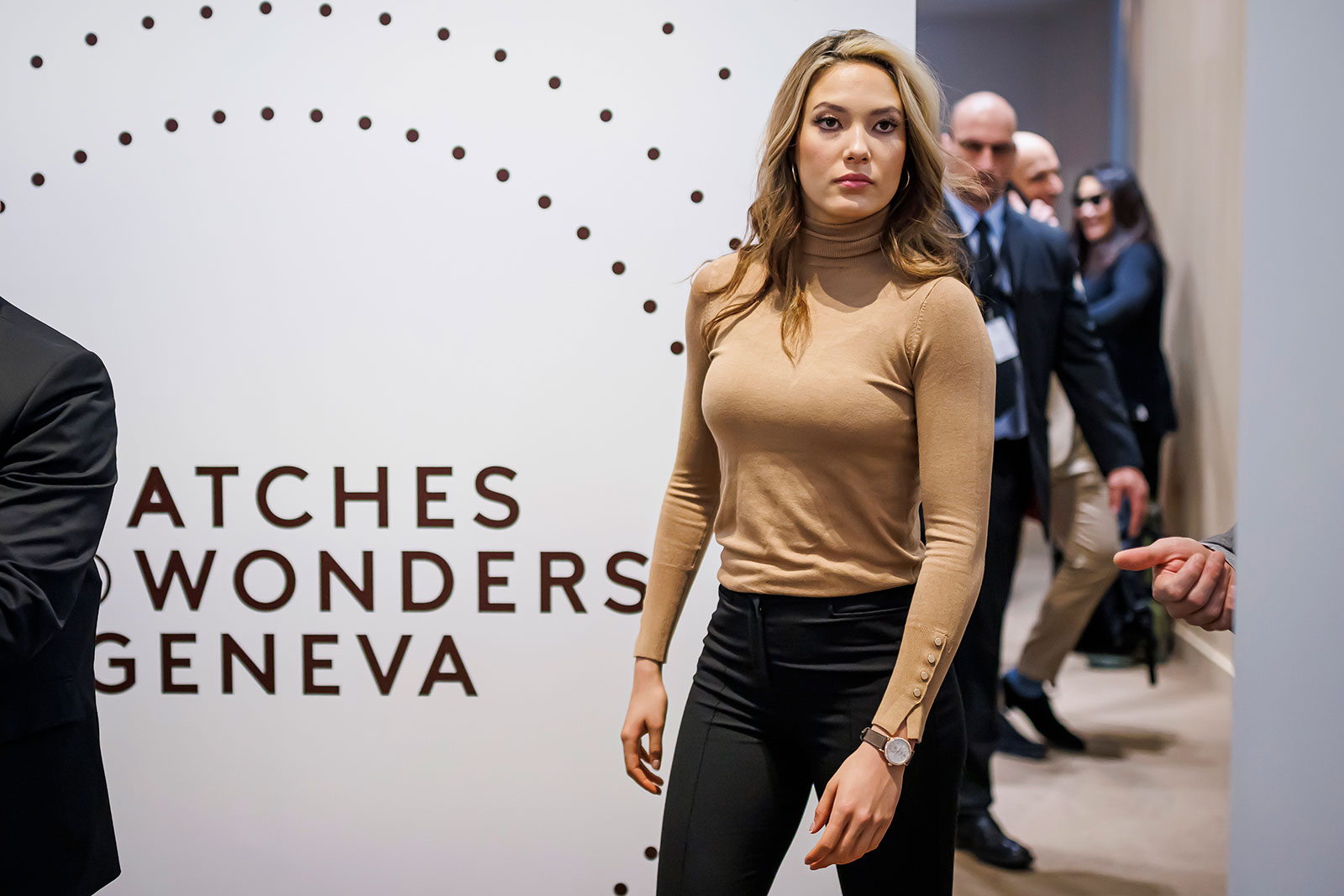
A few celebrities turned up at W&W, including IWC ambassador and Olympic champion Eileen Gu, as well as Julia Roberts who was a guest of Chopard
Independents, here and there
By the numbers alone, W&W wouldn’t be short of exhibitors even if the LVMH brands pulled out. The event expanded substantially in 2023, largely thanks to more independent brands. Most of the newcomers, however, primarily increased the exhibitor count and not much else.
While independent brands were historically concentrated in the Carre des Horlogers, this year they were split into two sections. Holdovers from past fairs continued in the Carre, while most of the recent additions were situated in La Place – according to insiders the segregation of independents was due to dissatisfaction amongst some longtime exhibitors at the mixed quality of the new additions.
Exhibitors in La Place included Pequignet, a brand that went bust twice, along with marques like Hysek, Charriol, and U-Boat that seem out of place (no pun intended). It is telling that established independent watchmakers like Urwerk, Voutilainen, and F.P. Journe have long abandoned the fair and decided to exhibit on their own or elsewhere, resulting in a steady decline in the independent offerings at W&W. Consequently, a majority of the interesting and notable independents that showed new launches during the week were outside the halls of W&W.
And next I’ll run through the best (and not-so-best) watches, inside and outside the fair.
All photos courtesy of Watches & Wonders
Back to top.



